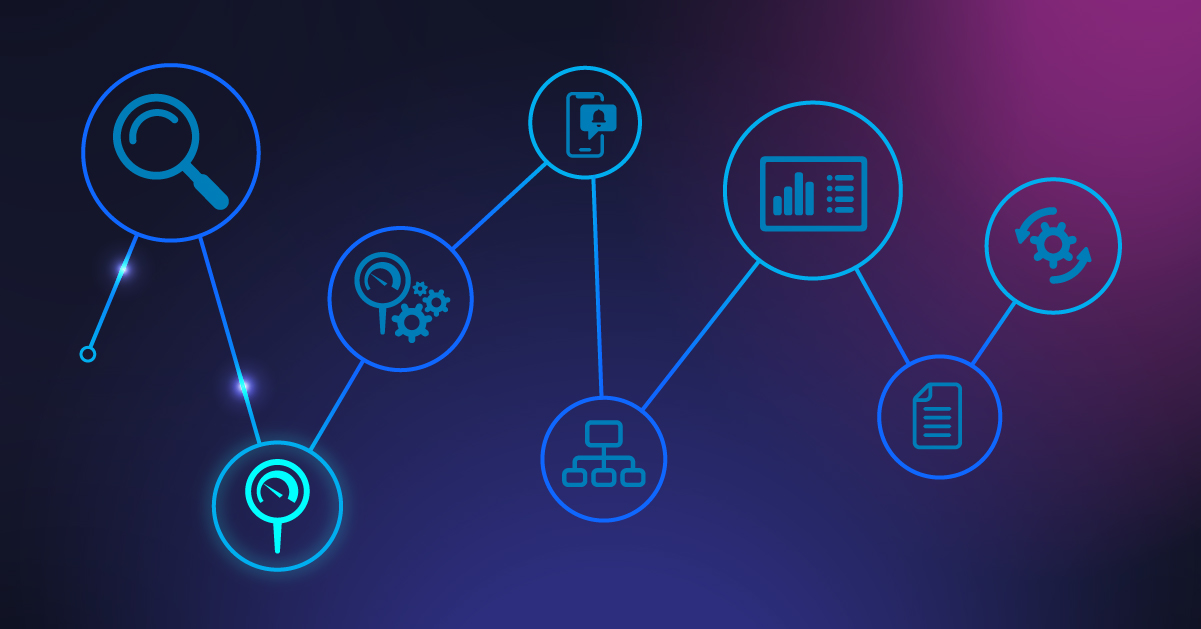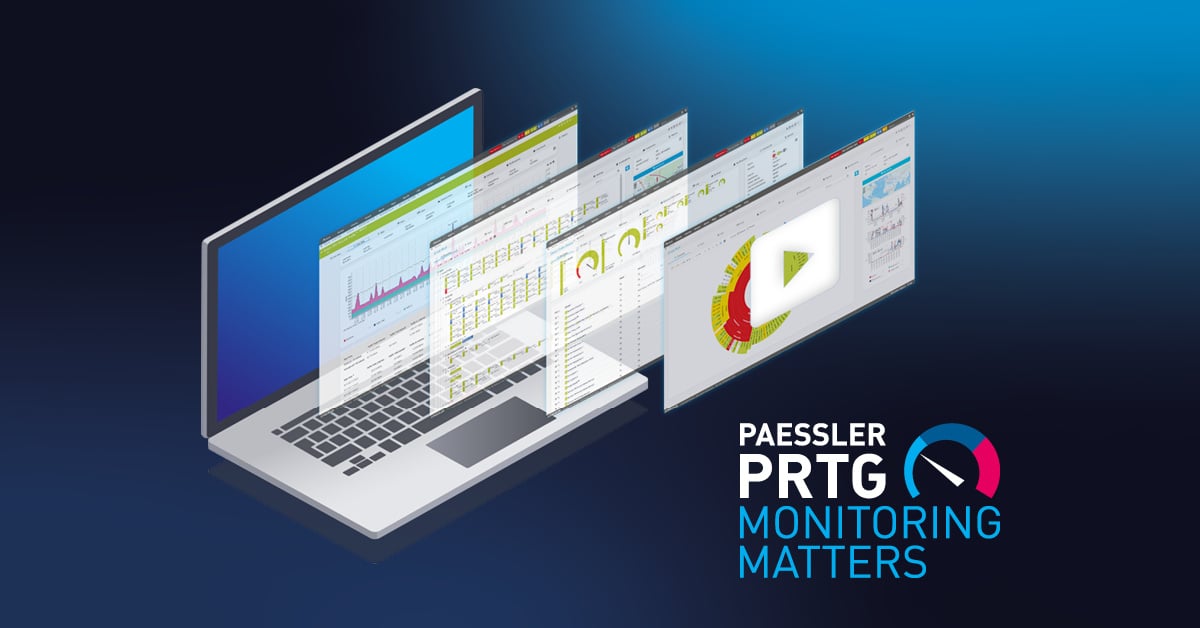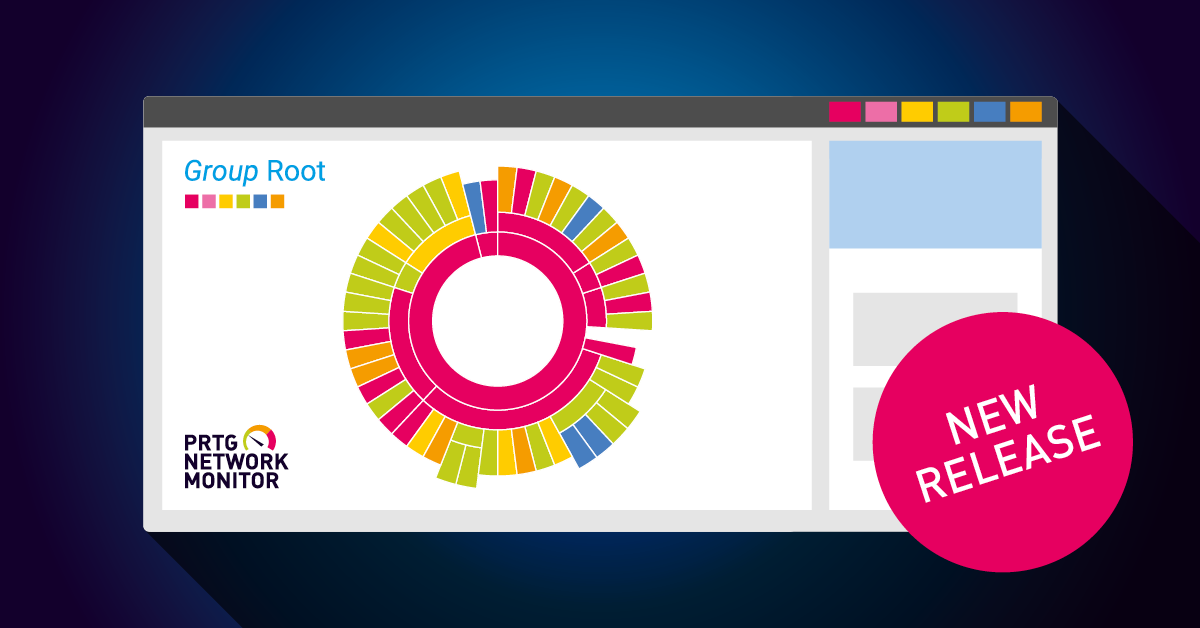When you first set up PRTG, the auto-discovery process adds generic sensors to your devices, such as standard SNMP, WMI, or Ping sensors. While these sensors provide basic monitoring capabilities, they only scratch the surface of what PRTG can do.
To gain a deeper understanding of your infrastructure's health and performance, it's time to move beyond these generic sensors and implement vendor-specific monitoring solutions.
Why generic sensors aren't enough
Generic sensors give you fundamental information: Is the device up or down? How much bandwidth is being used? What's the CPU load? While this data is valuable, it lacks the depth needed to proactively manage modern IT environments.
Consider this real-life scenario: A company was monitoring its Veeam backup server using only generic SNMP sensors to measure utilization. Despite having comprehensive monitoring in place, the IT team still had to manually check the status of 125 backup jobs every morning and address failures. This manual process consumed valuable time that could have been better spent elsewhere.
The power of vendor-specific sensors
Vendor-specific sensors are designed to monitor specific devices or applications, offering in-depth knowledge of their architecture and key metrics. They provide targeted insights that generic sensors cannot deliver.
In the case of our Veeam example, the solution was straightforward: implementing Veeam-specific sensors in PRTG. These specialized sensors automatically discover all backup jobs and add corresponding monitoring for each one. Now, instead of manual checks, PRTG automatically detects whether backup jobs succeed or fail and triggers notifications accordingly.
Identifying opportunities for specialized monitoring
To make the most of vendor-specific sensors, start by reviewing your existing environment. Look for these common opportunities:
✅ Server hardware monitoring
For physical servers from major manufacturers like Dell PowerEdge, HPE ProLiant, IBM or Fujitsu Primergy, vendor-specific sensors monitor power supply health, temperature, RAID status, and individual disk health before they cause outages.
✅ Network equipment monitoring
For networking devices like Cisco Meraki, or FortiGate, specialized sensors provide license status, VPN tunnel health, interface metrics, and security insights beyond simple up/down monitoring.
✅ Storage system monitoring
For storage devices like NetApp, Dell EMC, QNAP, or Synology, you gain insights into volume usage, RAID status, disk health, and replication status to prevent data loss and performance issues.
✅ Virtualization platform monitoring
For VMware, Hyper-V, or Citrix environments, specialized sensors track host performance, VM status, data store usage, and cluster health to ensure your virtual environment runs optimally.
How to find and implement vendor-specific sensors
Finding the right sensors for your environment is straightforward:
1️⃣ Review PRTG's sensor list - PRTG supports a wide range of vendors with native sensors
2️⃣ Search directly in PRTG - When adding a new sensor, simply type the vendor name in the search box
3️⃣ Check for your specific vendors - PRTG supports numerous vendors including Dell, HPE, Cisco, Meraki, FortiGate, NetApp, VMware, Citrix, and many more
A practical example: Implementing Dell PowerEdge monitoring
Let's walk through a real example of enhancing monitoring for a Dell PowerEdge server:
1️⃣ In your PRTG console, locate your Dell PowerEdge server device
2️⃣ Click "Add Sensor"
3️⃣ Type "Dell" in the search field
4️⃣ Add Dell PowerEdge System Health, Physical Disk, and Virtual Disk sensors
5️⃣ Set appropriate thresholds for warnings and alerts
Now, instead of just knowing if your server is online, you'll receive specific alerts about failing hard drives, power supply issues, or temperature problems - often before they cause system failures.
Additional vendor-specific monitoring tutorials
Explore more specialized monitoring options with our video tutorials:
📺 Veeam backup monitoring - Learn how to automatically monitor all your backup jobs and get alerted when they fail.
📺 Cisco Meraki license monitoring - Discover how to track license expiration dates to avoid unexpected service interruptions.
📺 Cisco Meraki network health - See how to monitor the overall health of your Meraki network devices with specialized sensors.
📺 FortiGate firewall monitoring - Find out how to gain detailed insights into your firewall's performance, security status, and VPN connections.
Taking action: Your next steps
Ready to enhance your monitoring? Here's what to do:
1️⃣ Inventory your critical systems by vendor and model
2️⃣ Research available sensors for these devices
3️⃣ Prioritize implementation, starting with your most critical systems
4️⃣ Deploy and configure the specialized sensors
5️⃣ Review and refine thresholds to suit your environment
By moving beyond generic sensors to vendor-specific monitoring, you'll transform your PRTG implementation from basic availability checks to a comprehensive monitoring solution that provides actionable insights and helps prevent problems before they impact your users.
In next week's article, we'll explore how to further extend PRTG's capabilities with third-party sensors and templates, allowing you to monitor virtually any system in your environment.
 Published by
Published by 












